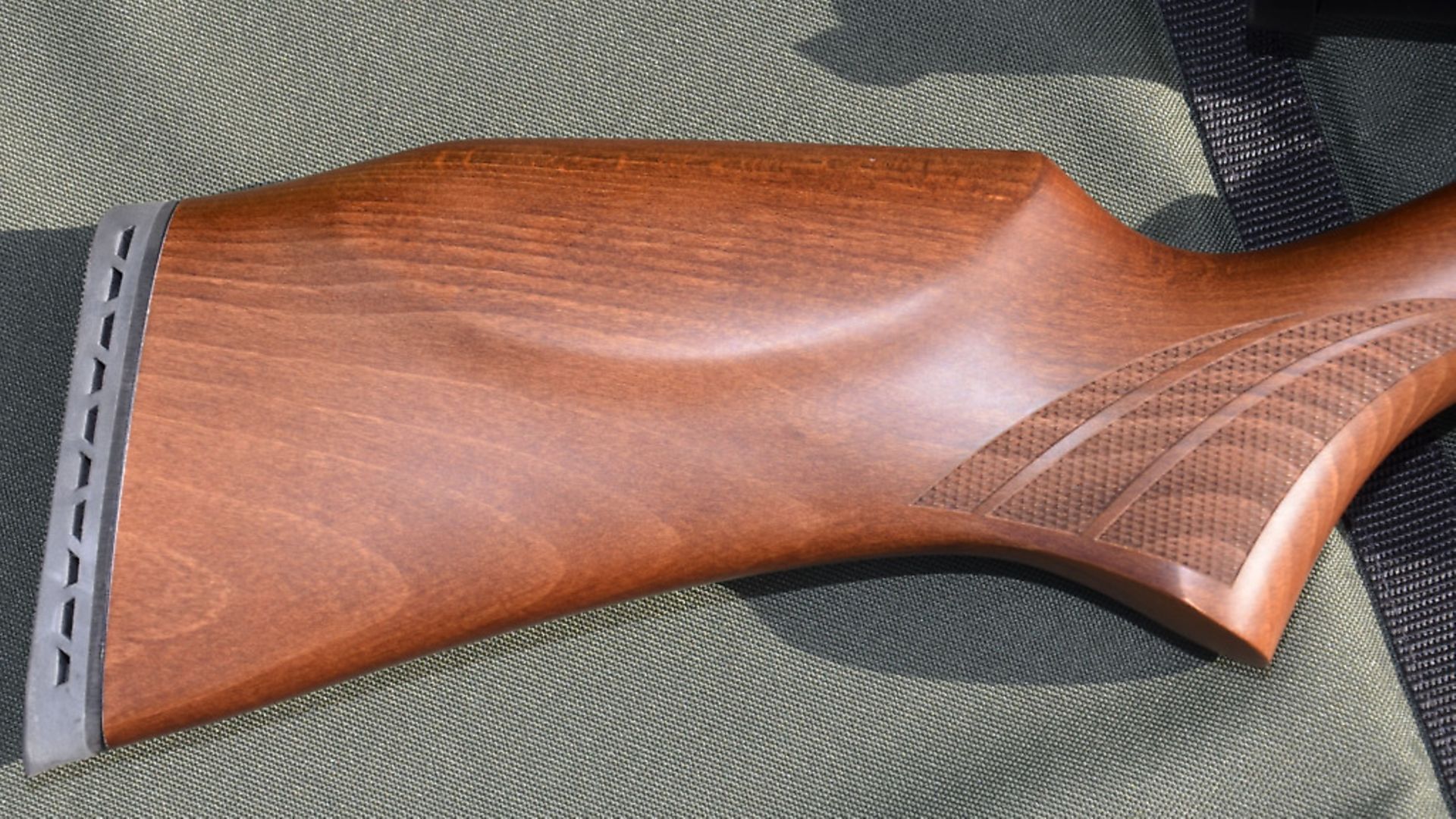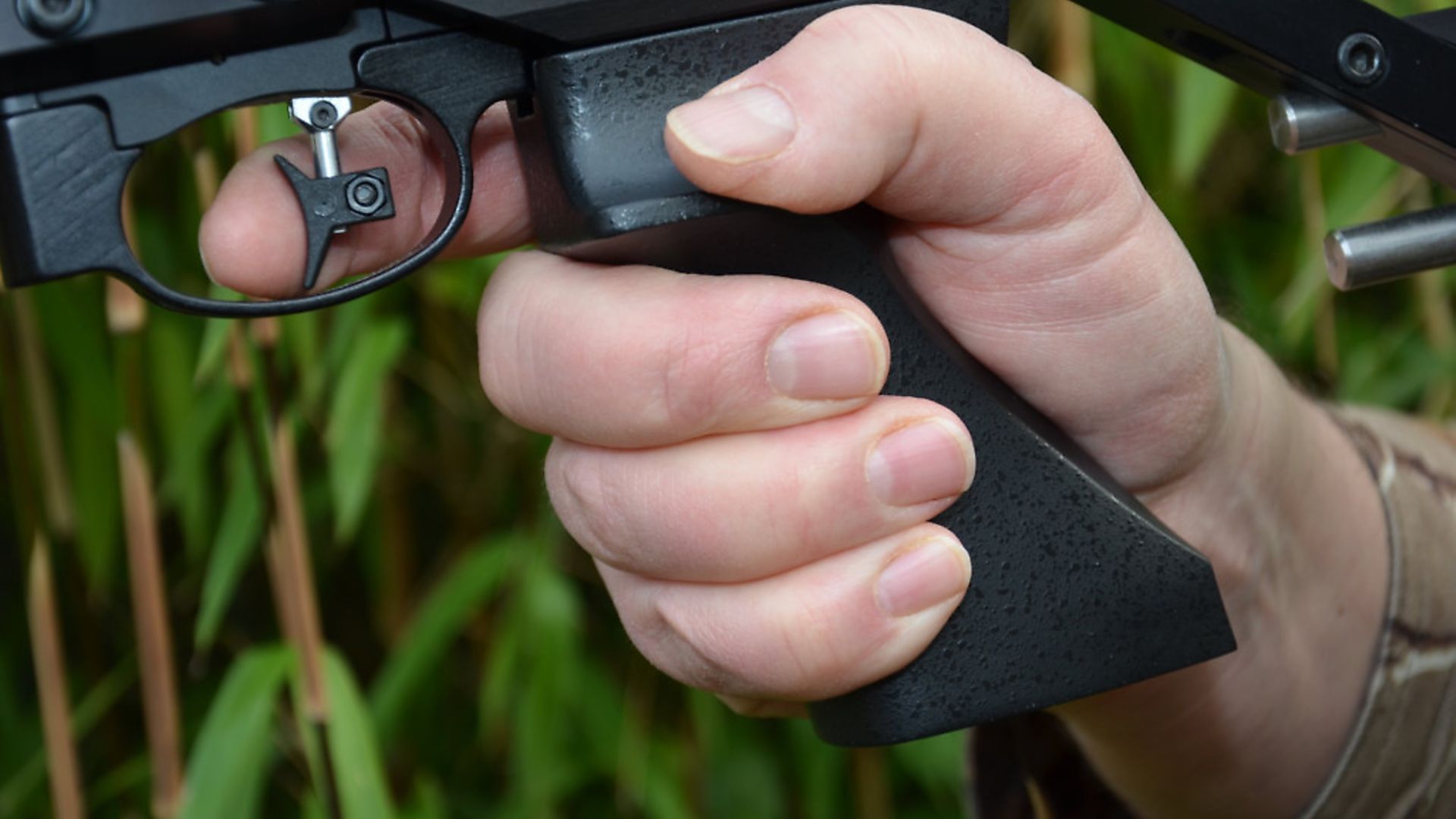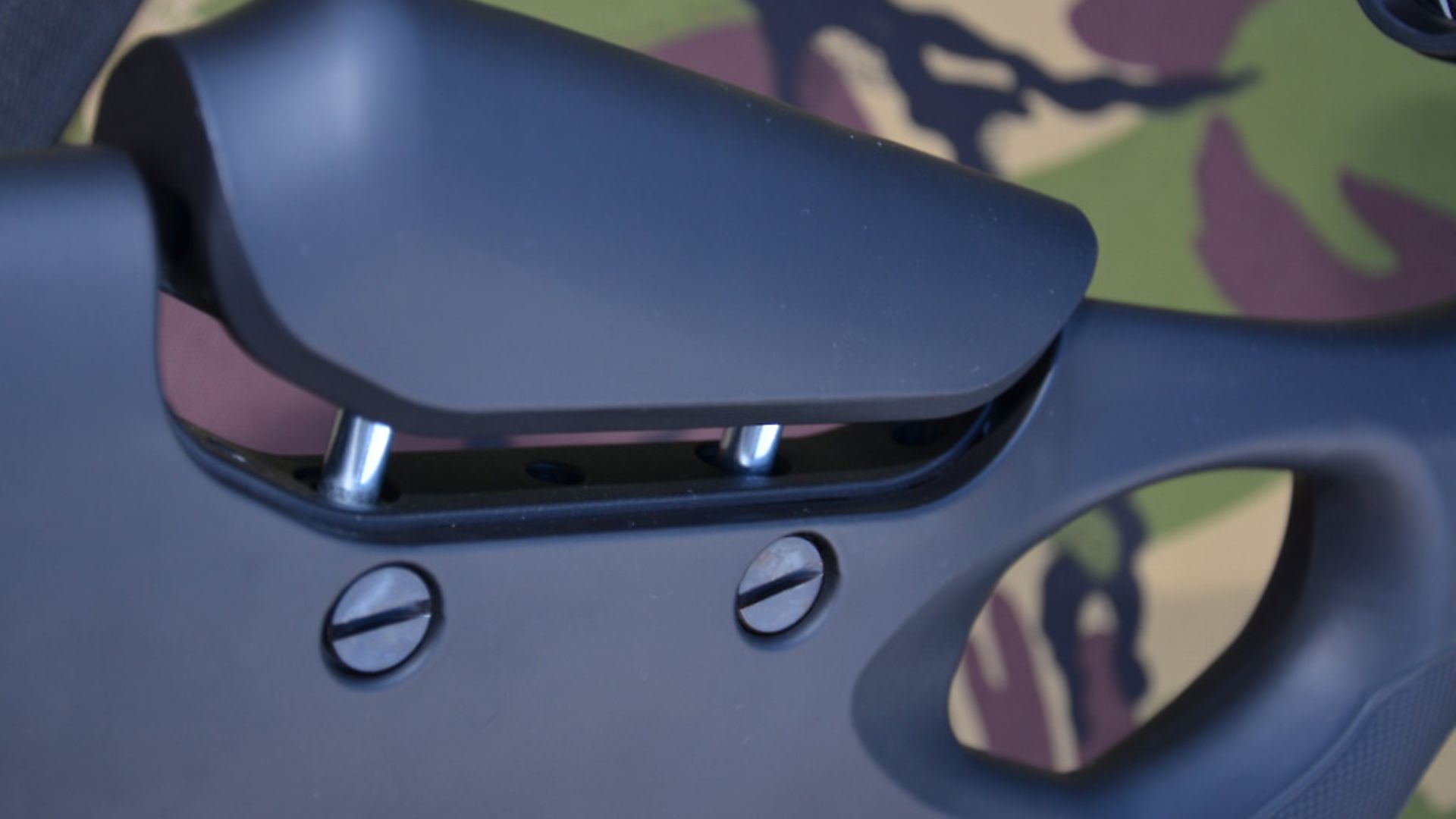This time in his Accuracy Matters series, Mark Cammoccio takes a look a look at gun fit, and the value of adjustable stocks
 credit: Archant
credit: Archant
If you stop to consider the incredible choice of hardware on offer to today’s airgun enthusiast, it’s true to say that we really have ‘never had it so good’. Of course, there is an abundance of basic models at the entry level end, but manufacturers are increasingly catering for the more discerning shooter, who appreciates the value of more sophisticated adjustable stocks.
Refinement
As usual, if you want to take just a simple approach, and enjoy shooting at a basic level, then why not? We do all take different things from our favourite sport, but for some of us, whether competition shooting, or hunting, honing our skills, and maximising performance is all part of the attraction. Fall into the latter group, and you’ll soon appreciate that every element of the equipment needs to be focused upon and fine-tuned, and that process starts with feeling totally comfortable and relaxed when taking the shot.
Stock fit is the name of the game, and whilst I have ‘got away’ with using many a standard production stock with little or no adjustment over the years, you’d be amazed at the difference that some adjustable elements can make to the overall set-up.
 credit: Archant
credit: Archant
One size...
Quite understandably, manufacturers design a particular model to fit an average build, and by definition, that means it might well work for a sizeable percentage of shooters, who happened to have the right dimensions. Fall outside that ideal size range, and you could find yourself ‘making do’ and stretching and straining where you shouldn’t be.
The cheapest option can be to modify your existing stock, and if you’re good at DIY then you might feel competent enough to take a hacksaw to the butt, and trim a length off, for example. A frightening prospect for many, but an increasing number of specialist, after-market custom stocks are now available, to fit several of the more popular airguns, allowing the shooter to alter each element so that gun fit is just right. More up-market models, such as the Ultimate Sporter, from Air Arms, come fitted with stocks that have adjustable sections, and again, this allows the user to set the gun to suit their build. An ever-increasing number of airguns at the lower end are coming with some sort of adjustment, so I’m going to focus here on the merits of adjusting the stock, and the simple process behind the set-up.
 credit: Archant
credit: Archant
Starting at the back...
Length of pull is the distance between the shoulder and the trigger blade, and a simple way to check for correct length of pull is to sit the rifle’s butt in the crook of the elbow, and see where the trigger finger naturally falls. If it falls a fair way forward, then the butt section of the stock is too short. If your finger is hovering behind the trigger, then the butt is possibly too long. Straining to reach the trigger is less than ideal, so in this situation, adding or removing spacers at the butt, could make all the difference.
 credit: Archant
credit: Archant
Achieving the right angle for the trigger arm, is all affected by the mounting point of the butt in the shoulder, and here, adding an adjustable butt pad if there isn’t one already, can make a big difference. The old pad is probably fixed with two screws which are sunk and hidden inside the rubber. Force a screwdriver inside the rubber if you can see the small entry marks, locate the screws, and unscrew. The pad might also be bonded on, which could require gently cutting away with a craft knife.
The cheaper type of adjustable add-on butt pad will have a small metal plate screwed to the gun, and the pad section then attaches to this, which can then be moved up and down the axis and locked into position at the desired point. Slide the pad down, and lock it off, and the rifle now sits much higher in the shoulder, with the same mounting point in the shoulder. Alter the set height if you find yourself straining, and again nip up the bolt when all feels right. Sight line can be aided up to a point with this accessory, but it is more about general improvement in grip and mounting.
Increasingly popular at the moment, is the butt hook, which again can be bought as an add-on accessory, although maintaining a professional fit will depend on buying a version to fit a specific model rather than a general spec. FT and latterly HFT competition has spawned the use of these devices, and they normally have three or four adjustable metal sections, that can be tweaked to suit. Just bear in mind that as you increase or decrease the length of the butt end, balance and handling of the rifle overall will also be altered.
Next time, I’ll look at factory adjustable stocks and how to get the best from them.
__________________________________________________
Read more from Mark Camoccio...
Is one scope enough for a successful shot?
Choose the perfect gun for hunting
When it comes to shooting, accuracy matters